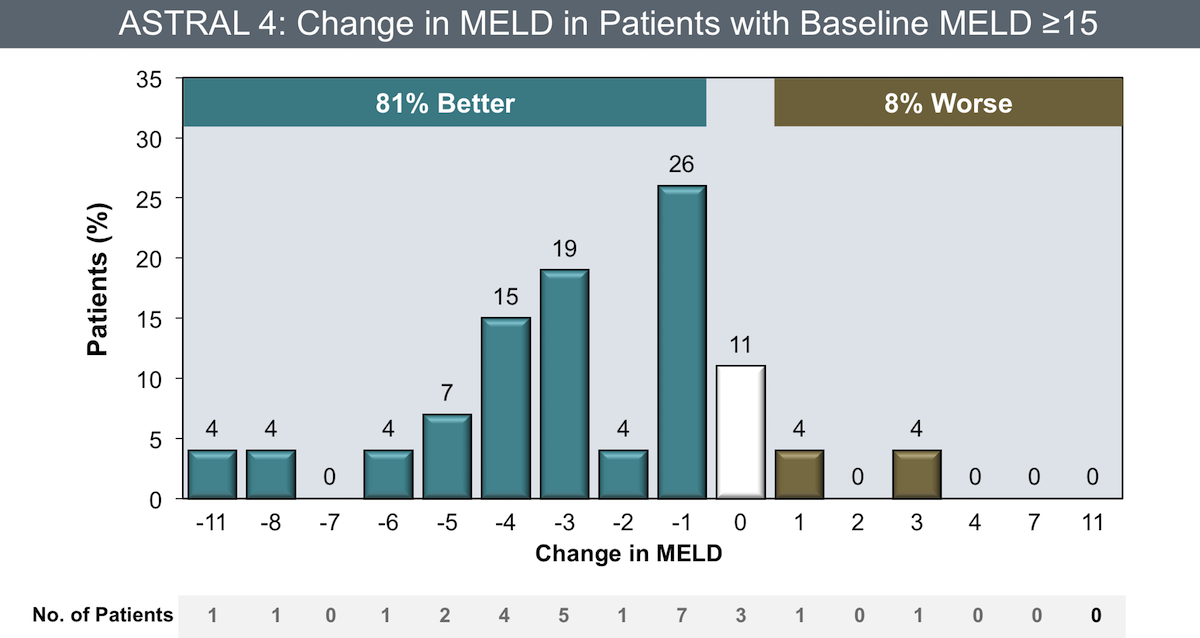

Thromboelastography-guided blood component use in patients with cirrhosis with nonvariceal bleeding: a randomized controlled trial. Rotational thrombelastometry (ROTEM) improves hemostasis assessment compared to conventional coagulation test in ACLF and non-ACLF patients. TEG and ROTEM: technology and clinical applications. Hepatology 2017 65 (01) 310-335Īssessment of hemostatic profile in patients with mild to advanced liver cirrhosis. Portal hypertensive bleeding in cirrhosis: risk stratification, diagnosis, and management: 2016 practice guidance by the American Association for the Study of Liver Diseases.
#MELD SCORE MNEMONIC TRIAL#
Gastroenterology 2018 155 (03) 705-718Ī randomized controlled trial of lusutrombopag in Japanese patients with chronic liver disease undergoing radiofrequency ablation. Transfusion 2005 45 (09) 1413-1425Īvatrombopag before procedures reduces need for platelet transfusion in patients with chronic liver disease and thrombocytopenia. Paucity of studies to support that abnormal coagulation test results predict bleeding in the setting of invasive procedures: an evidence-based review. Transfusion Medicine/Hemostasis Clinical Trials Network. Thromboelastography for assessing the risk of bleeding in patients with cirrhosis-moving closer. The misunderstood coagulopathy of liver disease: a review for the acute setting. Curr Opin Gastroenterol 2020 36 (03) 169-176Ĭorrection of hemostatic abnormalities and portal pressure variations in patients with cirrhosis. Gastroenterology 2021 161 (05) 1630-1656Ĭoagulation testing and management in liver disease patients. Thromb Res 2014 134 (06) 1220-1223ĪGA technical review on coagulation in cirrhosis. Risk-assessment and pharmacological prophylaxis of venous thromboembolism in hospitalized patients with chronic liver disease.

Systematic review: portal vein thrombosis in cirrhosis. Thromb Haemost 2017 117 (01) 139-148Īnticoagulation in chronic liver disease. The risk of venous thromboembolism in patients with cirrhosis. J Hepatol 2013 59 (02) 265-270ĪICF and DIC in liver cirrhosis: expressions of a hypercoagulable state. Hepatology 2006 44 (01) 53-61Įvidence that low protein C contributes to the procoagulant imbalance in cirrhosis. N Engl J Med 2011 365 (02) 147-156Įlevated levels of von Willebrand factor in cirrhosis support platelet adhesion despite reduced functional capacity. The coagulopathy of chronic liver disease. Hemostatic alterations in patients with cirrhosis: from primary hemostasis to fibrinolysis. J Hepatol 2022 76 (04) 959-974ĪGA clinical practice update: coagulation in cirrhosis. Aliment Pharmacol Ther 2014 39 (10) 1180-1193īaveno VII - renewing consensus in portal hypertension. If the score ≥ 3, severe pancreatitis likely.Competing risks and prognostic stages of cirrhosis: a 25-year inception cohort study of 494 patients.Substantial pancreatic necrosis (at least 30% glandular necrosis according to contrast-enhanced CT).Balthazar computed tomography severity index (CTSI).Blood glucose > 11.11 mmol/L (> 200 mg/dL)Īcute pancreatitis secondary to gallstones Īlternatively, pancreatitis severity can be assessed by any of the following:.Acute pancreatitis not secondary to gallstones The mnemonic " GALAW & CHOBBS" ( Glucose, Age, LDH, AST, WBCs Calcium, Hematocrit, Oxygen, BUN, Base, Sequestered fluid) can be used to help remember these criteria. If diagnosed with severe acute pancreatitis, people will need to be admitted to a high-dependency unit or intensive care unit. This can cause organ failure, necrosis, infected necrosis, pseudocyst, and abscess. Usage Ī score of 3 or more indicates severe acute pancreatitis. They were introduced in 1974 by the English- American pancreatic expert and surgeon Dr. The Ranson criteria form a clinical prediction rule for predicting the prognosis and mortality risk of acute pancreatitis. Assess mortality risk of acute pancreatitis


 0 kommentar(er)
0 kommentar(er)
